Why would you consider riding a 20km broken road climb in a set of mountains Sri Lankan, when the temperature is 35 degrees and you know you’ll be so tired by the top, that you’ll decide to get a lift down the other side? Surely only a madman would do that?
“Come on, come on, come on” shouted the local road construction crew, taking a short break from their labours and leaning momentarily on their hand tools. I was 75% of the way up the hardest climb I’ve ever ridden and the extra motivation that I got from the roadside made the hairs on my arms stand on end. I suspect the road mending crew won’t have seen many cyclists attempting to ride the Riverston climb before, but their encouragement was genuine and heartfelt. I just about mumbled ayubowan (which is hello in Sri Lanka’s Sinhala language) and raised a few fingers from my handlebars in salute, but it probably wasn’t the most eloquent greeting I’ve ever proffered.
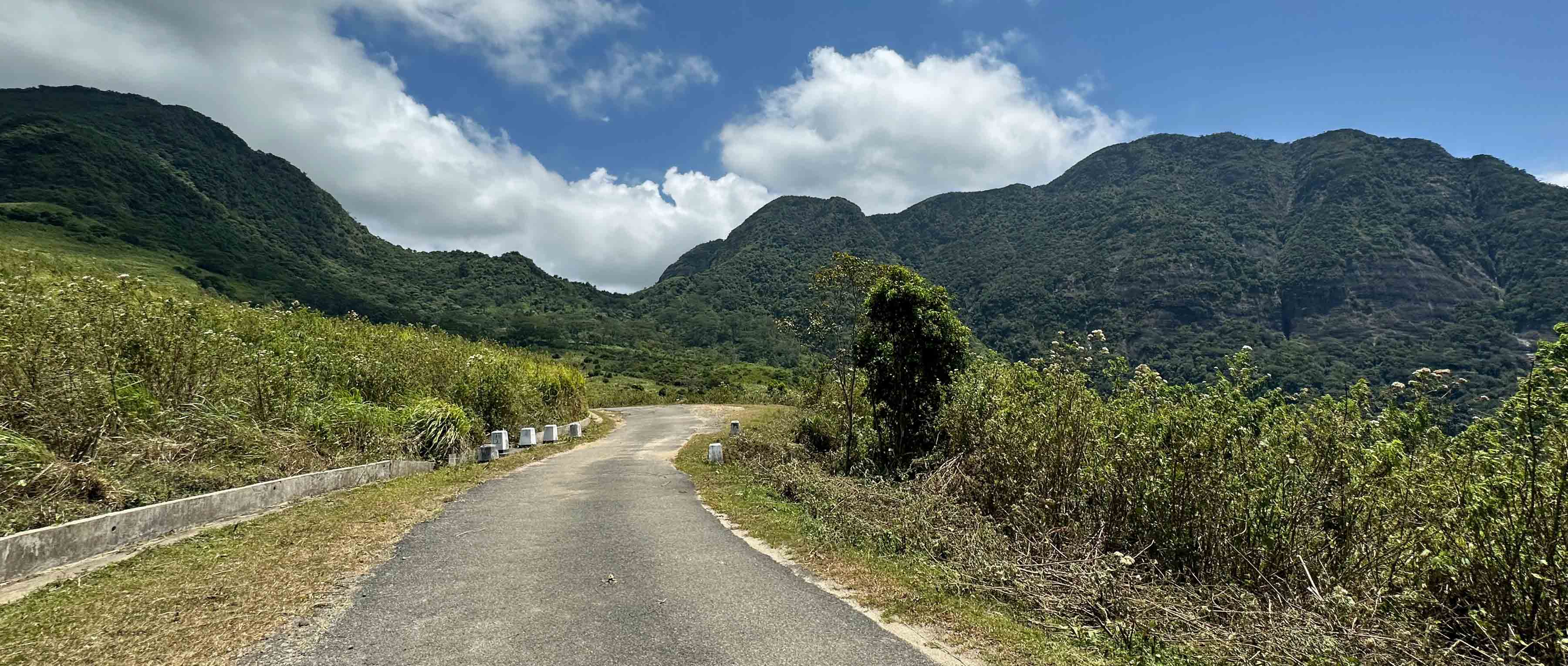
It might sound strange, but before I even reached 30% of the way into the climb, I’d already decided that when I reached the summit, I would hop in a support vehicle and catch a lift to the end point hotel for the stage. You have to be a bit weird to choose to ride the climb and then get a lift on the descent, right? But I knew I was going to have used up my powers of concentration by the time I reached the summit and that tackling a 20km broken tarmac and gravel road descent afterwards had all the potential to go horribly wrong.
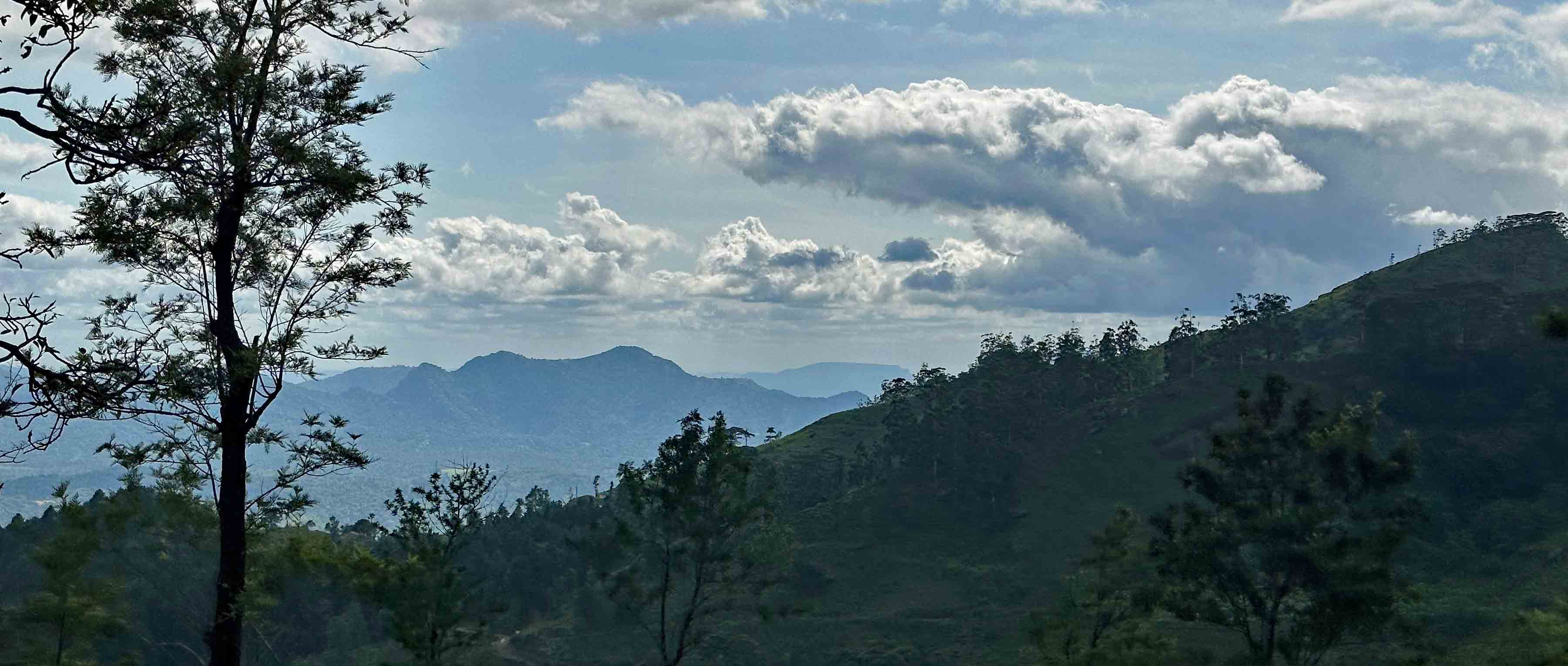
There is something about climbing in hot climates that has completely hooked me in. It feels as though all my senses are turned up to eleven – you can detect minute changes in temperature, sounds from beside the trail are amplified, the feel of a bead sweat tingling on your skin feels more intense. Although it sounds really new age and hippy-y, hot gravel climbs force you to be really present in the moment. You won’t have the headspace to think about anything extraneous. Your whole world will focus down to a handful of metres in front of you. Where’s the best traction? Is there more shade on one side of the trail or the other? Should I sit and spin or stretch some different muscles and stand up for few seconds? Everything is about being as efficient as possible. Your focus is on staying as cool as you can and getting to the top using the minimum amount of energy.
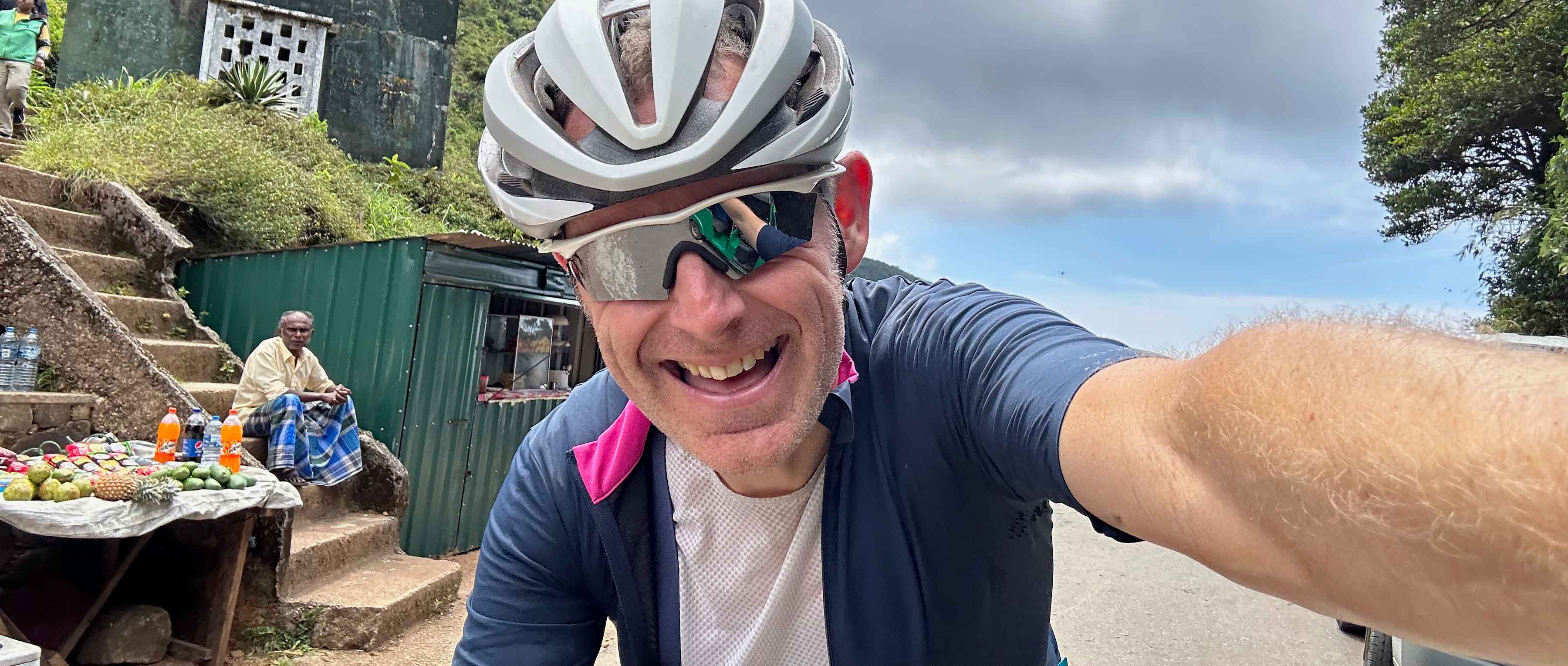
“That was a big day. That was exotic.” said Iris. When a former Dutch national road race champion describes a climb as exotic, you know it was pretty tough. The rest of the group on the #RideSriLanka gravel trip that I was taking part in had sensibly decided to stop at a river which the route crossed about halfway up the climb. They bathed/dunked/dipped themselves in the water and refuelled on cokes and some local snacks. I on the other hand, kept weaving my slightly selfish way up the climb at my own speed, my ride buddies temporarily distanced in my weird self-inflicted pain fest. The consequence was that I arrived at the summit significantly before everyone else, much to the surprise of the local stallholders at the pass, who were more accustomed to local day trippers arriving there to start a hike to the nearby Riverston Peak mountain.

It feels like gravel riding should be more about the experience than the stats, but the climb was somewhere around 20kms in length with 1000m of vertical gain and (if my bike computer is to be trusted) the temperature averaged 33degrees C. Weirdly, by the time I arrived at the 1264m high summit col, a combination of altitude and strong gusty wind meant the temperature had dropped 14degrees from the base of the climb. Instead of waiting at the col, I turned tail and headed back the way I had just climbed to where one of the support vehicles was waiting.
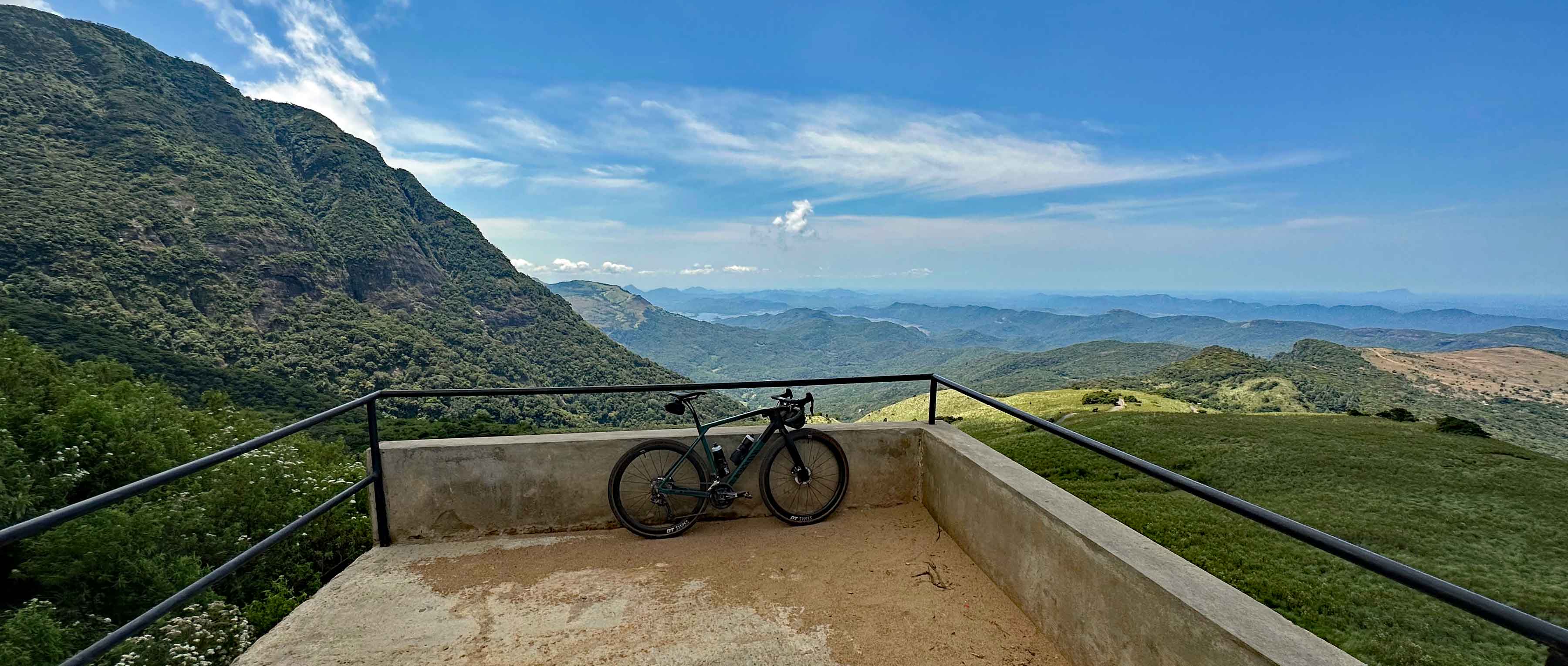
“We have Olly.” This is the message the support crew at 2kms below the summit sent to the other support team staff. I hadn’t realised that I had caused a minor international event by disappearing up the climb by myself with a focused look in my eye. One of the support vehicles at one point even helped me with a mid-climb bottle handup (albeit sadly not of the sticky kind) and with a mix of support motorbikes and vehicles they made sure everyone was safe and well looked after on the whole of the climb (and the rest of our trip too). “Are you sure you don’t want anything to drink? Another banana or some fresh pineapple slices” they asked repeatedly as I sat in their support van, wearing a jacket due to the temperature change and waiting for the rest of the riders to appear into view.
“Just 2kms more to go. Keep going. You can do it” The encouragement we gave the remaining riders as they climbed past might not have had the emotional resonance of a local road-mending crew, but we hoped it gave the riders a little more inspiration to keep pushing for the summit.
After they rode past our stopping point, we hopped in the van and drove up to the summit col, arriving a few minutes before the first rider got there, despite how narrow, steep, twisty and scrabbly under wheel the final few kms were. Michael, our photographer, was first, despite being undergeared and carrying a huge DSLR camera on a harness on his back, followed by a gruppetto of five who spread out across the rode and took the summit en-masse.
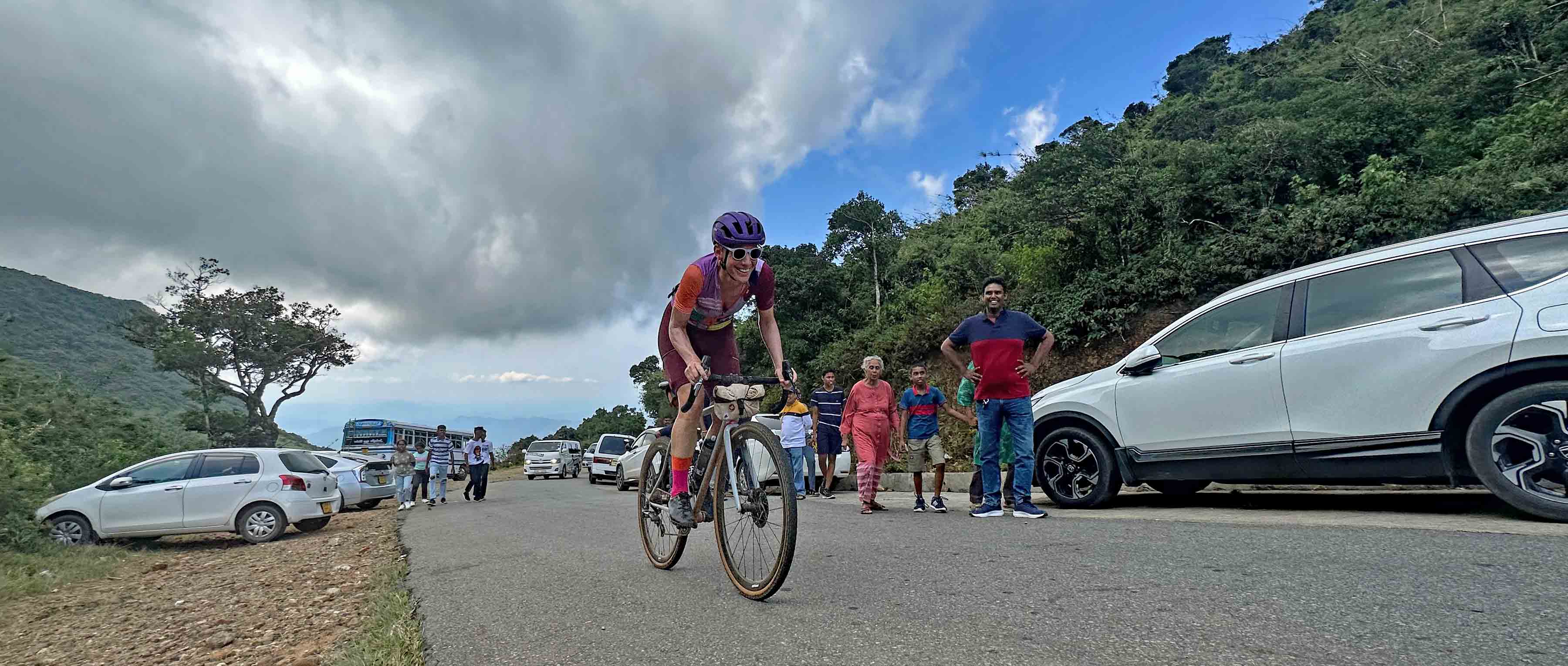
Finally, not far behind, was Iris. “I’ve not bonked like that in the last 10 years” she said, after crossing the imaginary finish line, but her smile was soon back once the crew started offering around bags of local snacks. The sense of group achievement was incredible. The general consensus was that it was the hardest climb any of us had attempted. It’s not famous. It wasn’t even a segment on a well-known ride-comparing site until we added it afterwards. And it’s not really “proper” gravel, more gravelly-broken-road, but it is utterly brilliant/totally hideous to ride and it left us with a post-ride buzz that we won’t forget in a while.
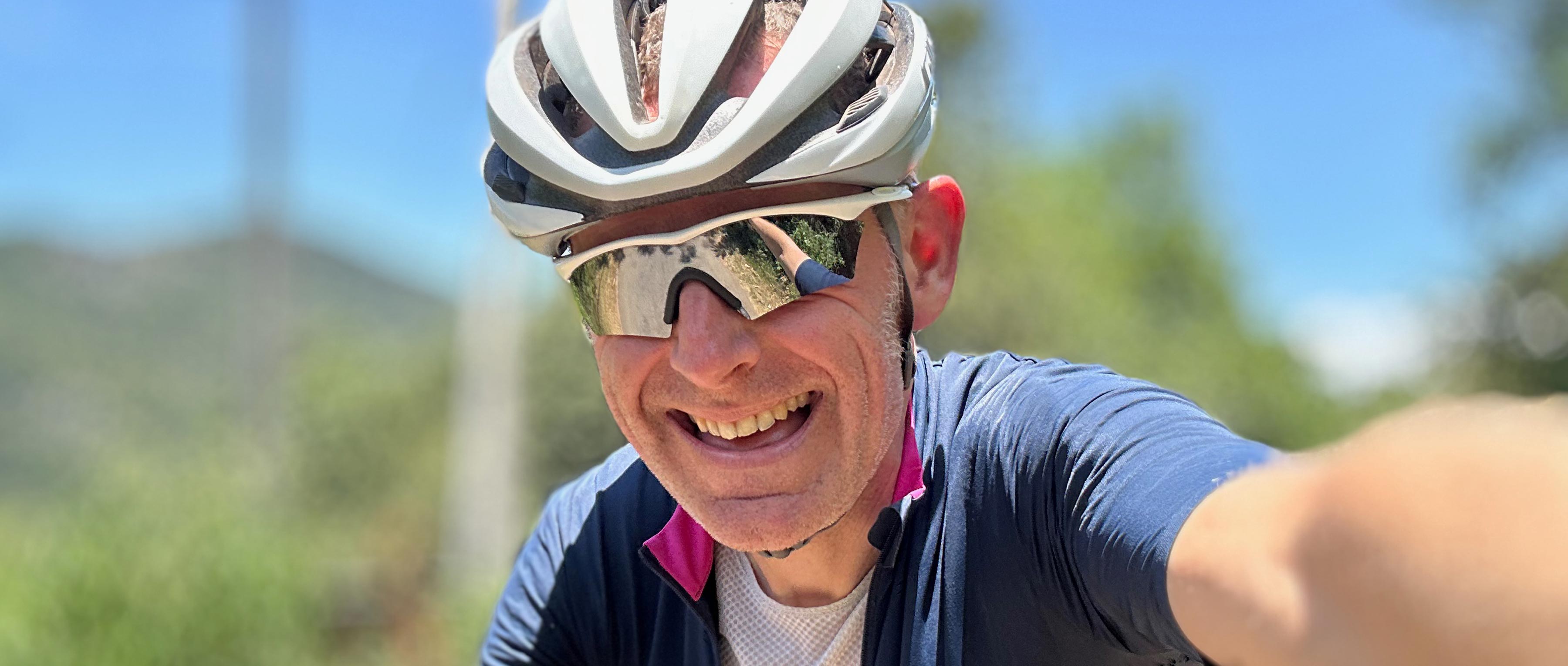
Olly’s Top Tips for coping with climbing (and gravel riding in general) in the super-hot temperatures
- Drink lots of fluid and ideally include rehydration tabs - you’ll be sweating out salts, so just drinking water won’t replenish these and you risk getting cramp.
- Whenever you stop riding, find some shade. Even if it’s a tiny patch next to a vehicle, use it. Your brain will feel like it's being cooked if you stand still in the beating sun.
- Think about your clothing choices. If you know you’re going to be riding extensively in hot climates, consider investing in some lightweight riding kit. I swear by a lightweight base layer too, but this is very much personal preference - some riders prefer not to wear one.
- Get a helmet that fits you well and is properly vented - a cool head is a happy head.
- Whenever you can, ride in the shade. If it’s safe to do so, cross to the shady side of the track/road (obviously watch out for descending riders/vehicles etc.)
- Think about your level of effort and the amount of energy you’re expending. If you have the route profile available or you know the stats for the climb, regulate your effort so that you arrive at the summit going almost as fast as you were going at the start of the climb. I use VAM to measure my relative expenditure of effort on the climb, but if you have a power meter or heart rate monitor, that’s probably even better.
- Think about your calory intake. When you’re climbing and it’s super-hot, probably the last thing you’ll want to do is to eat, but with long climbs it’s absolutely essential that you keep fueling yourself. By managing your energy levels, you can focus your attention of pedaling smoothly, picking the best line and making better mental decisions which allows you to focus more on regulating your temperature.
- Some riders swear by dousing themselves in cold water, wetting their clothes, stopping and dunking their head in cold water etc. this is a personal preference thing - I’m not a fan, but if it’s works for you, then go for it. Just remember that if your clothes are wet, you can get very chilled on the descent that follows your arrival at the summit.